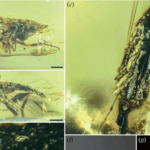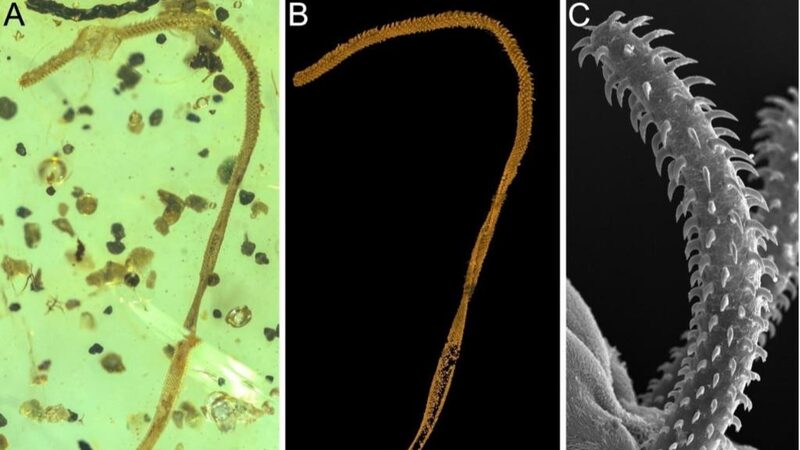Imagine a Jurassic-era date night gone wrong—or right—for a group of water striders. Chinese researchers have unveiled an extraordinary discovery: 100-million-year-old amber fossils capturing ancient insects mid-mating, offering a 🎬 ‘snapshot’ of Cretaceous-era romance. Published in Proceedings of the Royal Society B, the findings rewrite what we know about ancient insect behavior!
A Rare Glimpse into Prehistoric Romance
The amber, unearthed in northern Myanmar, preserved seven adult water striders (Burmogerris rarus)—three pairs caught in the act, one lone male, and four nymphs. Researchers from the Nanjing Institute of Geology and Palaeontology noted smaller males ‘riding’ atop larger females, a behavior rarely fossilized—especially for aquatic species. 🌊
Mating Struggles & Evolutionary Clues
Microscopic analysis revealed male-specific comb-like structures on their front legs—tools likely used to grip resistant females during mating. ‘Think of it as a prehistoric love strategy,’ said Prof. Huang Diying, who led the study. These adaptations may have helped males avoid competition and ensure reproductive success. 💪
Why This Matters for Science Today
Beyond solving a 100-million-year-old mystery, the study offers insights into evolutionary biology and even inspires biomimetic tech for water-repellent materials. ‘These fossils are like time capsules,’ added researcher Fu Yanzhe. ‘They show how life adapts—even in love!’ 🔬
Reference(s):
Chinese researchers reveal mating dynamics of ancient insects in amber
cgtn.com




